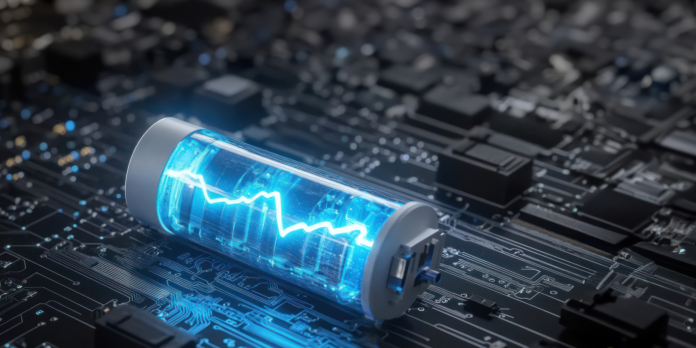Table of Contents
Understanding what depth of discharge (DoD) means for your solar batteries is essential for anyone looking to maximize the efficiency and sustainability of their renewable energy system.
DoD refers to how much a battery has left compared to its capacity. Different battery chemistries have varying DoD limits, and understanding those limits is critical for assessing how much usable power you have and determining your battery’s overall health and lifespan.
Let’s explore this together.
What Is Depth of Discharge?
DoD is a term used to describe the percentage of electrical energy that has been used, called discharged, compared to its overall capacity. For example, if you have a 2kW solar generator with a battery that has had 1.5kW discharged, the current DoD would be:
1.5kW / 2kW = 0.75 or 75%
What Are Depth of Discharge Limits?
DoD limits refer to how far you can discharge a battery without damaging it. These limits vary depending on the battery chemistry and manufacturer. For example, traditional lead-acid batteries can only be discharged 50% to avoid damaging them. AGM and deep-cycle lead-acid models can be discharged more, but they don’t compare to lithium-ion batteries, which have a DoD limit of 80-95%.
Newer lithium iron phosphate (LiFePO4) batteries are even better. They can be discharged to nearly 100%, although manufacturers still recommend not completely discharging them to help maximize their lifespan.
Why Is Depth of Discharge Important?
The DoD tells you how much capacity you have left, while the limits tell you how much of that remaining capacity is actually usable. It’s crucial in renewable energy battery storage because batteries with poor depth of discharge limits require more frequent replacement, which defeats the goal of sustainability.
It also significantly impacts the battery costs since those with poor DoD limits require more batteries to meet your energy needs, and their shorter lifespans mean you need to buy them more often.
The EcoFlow DELTA Series Solar Generators use newer LiFePO4 technology, which allows them to be discharged more and last much longer, with a greater number of charge cycles, making them a perfect choice for sustainability.
Depth of Discharge vs. Cycle Life
Cycle life is the number of charge/discharge cycles a battery can undergo before its performance significantly declines. Manufacturers typically provide life cycle estimates for their products, which vary with the battery chemistry and size.
This does not mean they will stop working after 500, 1500, or 3000 charge cycles, but that they gradually decline in performance until approximately around that cycle life when it starts to become noticeable. At that point, they will still work but continue declining until they become unusable.
The EcoFlow DELTA 2 Max + 220W Solar Panel has a LiFePO4 battery storage starting at 2kW and an impressive charge life cycle of 3000 cycles. To ensure the longest battery lifespan, it’s recommended not to discharge it below 80%. In other words, if the capacity drops to 20%, it’s time to recharge it.
EcoFlow RIVER 2 Series Solar Generators are smaller, more portable options meant for traveling, camping, or day trips outdoors. They can also be charged at least 3000 times before their performance noticeably declines.
Similarities
Depth of discharge and cycle life are closely related since the lifespan will decrease slightly every time it’s charged and discharged, meaning it will store a slightly smaller amount each time. How much less they store depends on how you use the battery since discharging it past the DoD degrades them faster.
Also, charging them before they need to be will shorten their lifespan. This is why charging your battery when it is still just above your recommended DoD limit will get you the best number of charge cycles, often exceeding the manufacturer’s suggested lifespan.
Differences
The DoD and charge cycle are inversely proportional to each other. The more the battery is discharged past what is recommended, the shorter its lifespan will be. If you always charge it before it exceeds its DoD, your charge cycle will be greater than the suggested cycle lifespan.
A good rule of thumb with solar batteries to help you make the most of your renewable energy is to charge them when they are around 20% capacity or 80% DoD.
Frequently Asked Questions
A common best practice for extending the life of solar batteries is not to discharge them more than about 80%. In other words, it’s time to charge them when the capacity drops to around 20%.
Final Thoughts
Understanding the depth of discharge and the limits associated with different battery types—such as traditional lead-acid versus modern lithium iron phosphate (LiFePO4)—helps you make informed choices that enhance sustainability and efficiency.
Remember, effectively managing your battery’s discharge levels can lead to longer cycle life and reduced costs over time. EcoFlow Solar Generators offer cutting-edge technology with a higher DoD, greater cycle life, and overall performance for those looking to invest in a reliable and long-lasting solution.
